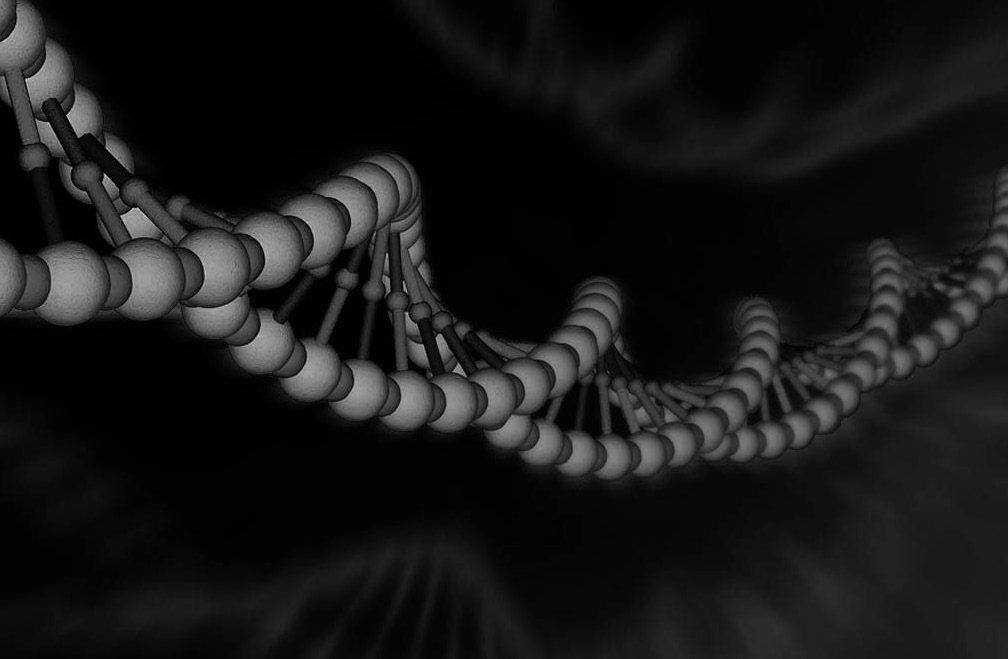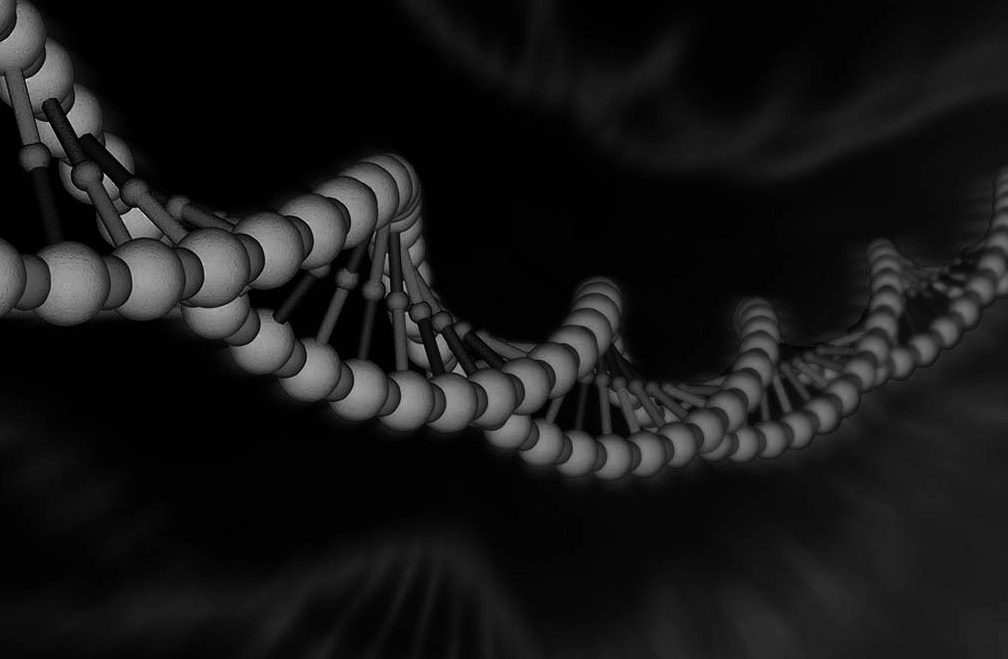
Endocor.com


PATIENT INFORMATION GUIDE
Understanding Peripheral Vascular Disease and how ENDOCOR can help you?






TABLE OF CONTENTS
Symptoms of Peripheral Vascular Disease
Know Your Treatment
Angioplasty and surgery
Supervised exercise program
How can ENDOCOR help you?
You have an important role to play in order to
ensure that your procedure will be successful.
Thoroughly read this booklet,
cooperate with your physician and follow
through with your responsibilities as part
of the patient/ medical team.
PERIPHERAL VASCULAR DISEASE (PVD)
peripheral vascular disease (PVD), also known as Peripheral artery disease
(PAD) and peripheral arterial occlusive disease (PAOD), refers to diseases
that are caused by obstructions in the large peripheral arteries that carry
blood to the legs, feet, arms, stomach, kidneys and head.
These obstructions can be caused by fatty deposits that build up in the inner
linings of the artery walls (called atherosclerosis), inflammation that leads to
a narrowing of the artery (called stenosis), or a blood clot that either forms
within the blood vessel (called thrombus) or migrates from one part of the
body to another and causes a blockage (called an embolism). These obst-
ructions limit blood flow and do not allow supply to keep up with your body's
This condition may be reducing blood flow to your heart and brain, as well as
WHAT ARE SYMPTOMS OF PERIPHERAL
VASCULAR DISEASE?While many people with peripheral artery disease have mild or no symptoms,
some people have leg pain when walking (intermittent claudication).
Intermittent claudication symptoms include muscle pain or cramping in your
legs or arms that's triggered by activity, such as walking, but disappears af-
ter a few minutes of rest. The location of the pain depends on the location of
the clogged or narrowed artery. Calf pain is most common.
The severity of intermittent claudication varies widely, from mild discomfort
to debilitating pain. Severe intermittent claudication can make it hard for you
to walk or do other types of physical activity.
Peripheral artery disease symptoms include:
• Painful cramping in your hip, thigh or calf muscles after activity, such as
walking or climbing stairs (intermittent claudication)
• Leg numbness or weakness
• Coldness in your lower leg or foot, especially when compared with the
• Sores on your toes, feet or legs that won't heal
• A change in the color of your legs
• Hair loss or slower hair growth on your feet and legs
• Slower growth of your toenails
• Shiny skin on your legs
• No pulse or a weak pulse in your legs or feet
• Erectile dysfunction in men
NORMAL AND ATHEROSCLEROTIC ARTERY
If peripheral artery disease progresses, pain may even occur when you're at
rest or when you're lying down (ischemic rest pain). It may be intense enough
to disrupt sleep. Hanging your legs over the edge of your bed or walking
around your room may temporarily relieve the pain.
HOW IS PERIPHERAL VASCULAR DISEASE
Some of the tests your doctor may rely on to diagnose peripheral artery di-
• Physical exam. Your doctor may find signs of PAD during a physical exa-
mination, such as a weak or absent pulse below a narrowed area of your artery, whooshing sounds (bruits) over your arteries that can be heard with a stethoscope, evidence of poor wound healing in the area where your blood flow is restricted, and decreased blood pressure in your affec-ted limb.
• Ankle-brachial index (ABI). This is a common test used to diagnose PAD. It
compares the blood pressure in your ankle with the blood pressure in your arm. To get a blood pressure reading, your doctor uses a regular blood pressure cuff and a special ultrasound device to evaluate blood pressure and flow. You may walk on a treadmill and have readings taken before and immediately after exercising to capture the severity of the narrowed arte-ries during walking.
• Ultrasound. Special ultrasound imaging techniques, such as Doppler
ultrasound, can help your doctor evaluate blood flow through your blood vessels and identify blocked or narrowed arteries.
• Angiography. By injecting a dye (contrast material) into your blood vessels,
this test allows your doctor to view blood flow through your arteries as it happens. Your doctor is able to trace the flow of the contrast material using imaging techniques such as X-ray imaging or procedures called magnetic resonance angiography (MRA) or computerized tomography an-giography (CTA). Catheter angiography is a more invasive procedure that involves guiding a catheter through an artery in your groin to the affected area and injecting the dye that way. Although invasive, this type of angio-graphy allows for simultaneous diagnosis and treatment — finding the narrowed area of a blood vessel and then widening it with an angioplasty procedure or administering medication to improve blood flow.
• Blood tests. A sample of your blood can be used to measure your choles-
terol and triglycerides and to check for diabetes.
KNOW YOUR TREATMENT
Treatment for peripheral artery disease has two major goals. The first is to
manage symptoms, such as leg pain, so that you can resume physical activi-
ties. The second is to stop the progression of atherosclerosis throughout your
body to reduce your risk of heart attack and stroke.
You may be able to accomplish these goals with lifestyle changes. If you
smoke, quitting is the single most important thing you can do to reduce your
risk of complications.
If lifestyle changes are not enough, you need additional medical treatment.
Your doctor may prescribe medicine to prevent blood clots, lower blood pres-
sure and cholesterol, and control pain and other symptoms.
• Cholesterol-lowering medications. You may take a cholesterol-lowering drug called
a statin to reduce your risk factor of heart attack and stroke. The goal for people who
have peripheral artery disease is to reduce low-density lipoprotein (LDL) cholesterol,
the "bad" cholesterol, to less than 100 milligrams per deciliter (mg/dL), or 2.6
millimoles per liter (mmol/L). The goal is even lower if you have additional major risk
factors for heart attack and stroke, especially diabetes or continued smoking.
• High blood pressure medications. If you also have high blood pressure, your doctor
may prescribe medications to lower it. The goal of this therapy is to reduce your
systolic blood pressure (the top number of the two numbers) to 140 millimeters of
mercury (mm Hg) or lower and your diastolic blood pressure (the bottom number) to
90 mm Hg or lower. If you have diabetes, your blood pressure target is under 130/80
• Medication to control blood sugar. If you also have diabetes, it becomes even more
important to control your blood sugar (glucose) levels. Talk with your doctor about
what your blood sugar goals are and what steps you need to take to achieve these
• Medications to prevent blood clots. Because peripheral artery disease is related to
reduced blood flow to your limbs, it's important to reduce your risk of blood clots. A
blood clot can completely block an already narrowed blood vessel and cause tissue
death. Your doctor may prescribe daily aspirin therapy or another medication that
helps prevent blood clots, such as clopidogrel (Plavix).
• Symptom-relief medications. The drug cilostazol (Pletal) increases blood flow to the
limbs both by preventing blood clots and by widening the blood vessels. It specifically
helps the symptom of claudication, leg pain, for people who have peripheral artery
disease. Common side effects of this medication include headache and diarrhea. An
alternative to cilostazol is pentoxifylline (Trental); however, it's generally less effective.
But, side effects are rare with this medication.
ANGIOPLASTY AND SURGERY
In some cases, angioplasty or surgery may be necessary to treat peripheral artery disease that's causing intermittent claudication:
• Angioplasty. In this procedure, a small hollow tube (catheter) is threaded through a
blood vessel to the affected artery. There, a small balloon on the tip of the catheter
is inflated to reopen the artery and flatten the blockage into the artery wall, while at
the same time stretching the artery open to increase blood flow. Your doctor may also
insert a mesh framework called a stent in the artery to help keep it open. This is the
same procedure doctors use to open heart arteries.
• Bypass surgery. Your doctor may create a graft bypass using a vessel from another
part of your body or a blood vessel made of synthetic fabric. This technique allows
blood to flow around — or bypass — the blocked or narrowed artery.
• Thrombolytic therapy. If you have a blood clot blocking an artery, your doctor may
inject a clot-dissolving drug into your artery at the point of the clot to break it up.
SUPERVISED EXERCISE PROGRAM
In addition to medications or surgery, your doctor may prescribe a supervised exercise training program to increase the distance you can walk pain-free. Regular exercise im-proves symptoms of PAD by a number of methods, including helping your body use oxygen more efficiently.
HOW CAN ENDOCOR HELP YOU?
Peripheral Artery Stenting is one common treatment option for treating Peripheral Arterial Disease (PAD). In cases where balloon angioplasty has achieved suboptimal results, a physician may determine that placing a DISCOVERYTM stent can further improve the vessel lumen to increase blood flow.
The DISCOVERYTM Self-expanding peripheral stent is introduced into a blood vessel with a standard introducer system and delivered to the lesion with the aid of a guidewire. The DISCOVERYTM stent is constrained within an inner catheter which, once the stent is in proper position, is pulled back and the DISCOVERYTM stent is deployed. The DISCOVERYTM self-expanding stent exerts constant outward radial force until they reach their pre-set diameter. This is intended to force plaque against the arterial wall and improve blood flow.
Once proper stent placement has been confirmed, the stent delivery catheter, guidewire, and introducer sheath are removed, and the entry site is closed either with manual pressure or a percutaneous closure device.
For more patient information, please visit
Phone: +49 40 819 89 186
Fax: +49 40 572 47 570
E-Mail: [email protected]
Source: http://www.endocor.com/fileadmin/dateien/Patients/PVD/PVD_Patient_Information_Guide.pdf
ALLOWAYNOTEFINAL.DOC 12/20/2004 12:05 PM Inherently Difficult Analysis for Inherent and Accidental Biotechnology Inventions "Chaos is inherent in all compounded things. Strive on with diligence."1 Inherency is chaotic in all compounded things. Strive on with diligence.2 Congress, through the actions of the United States Patent and Trademark
Author's personal copy Food Microbiology 28 (2011) 214e220 Contents lists available at ScienceDirect Food Microbiology Bacillus probiotics Simon M. Cutting* School of Biological Sciences, Royal Holloway University of London, Egham, Surrey TW20 0EX, UK Bacterial spore formers are being used as probiotic supplements for use in animal feeds, for human Available online 24 March 2010












